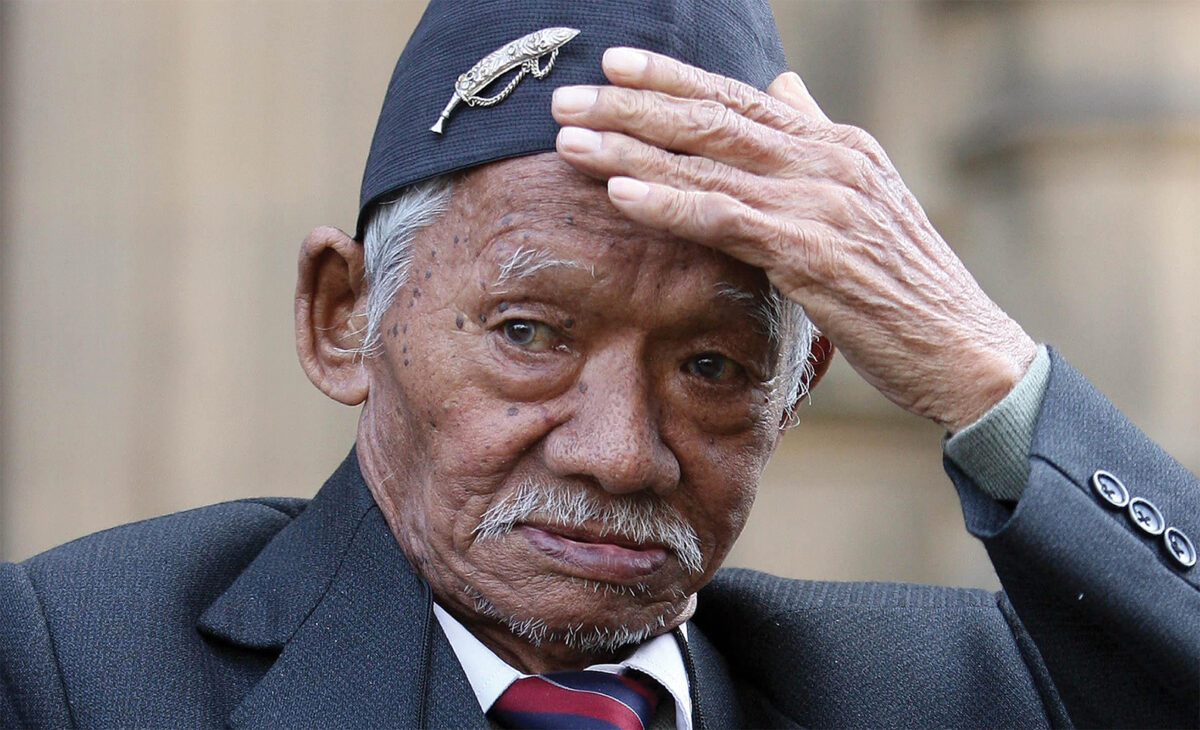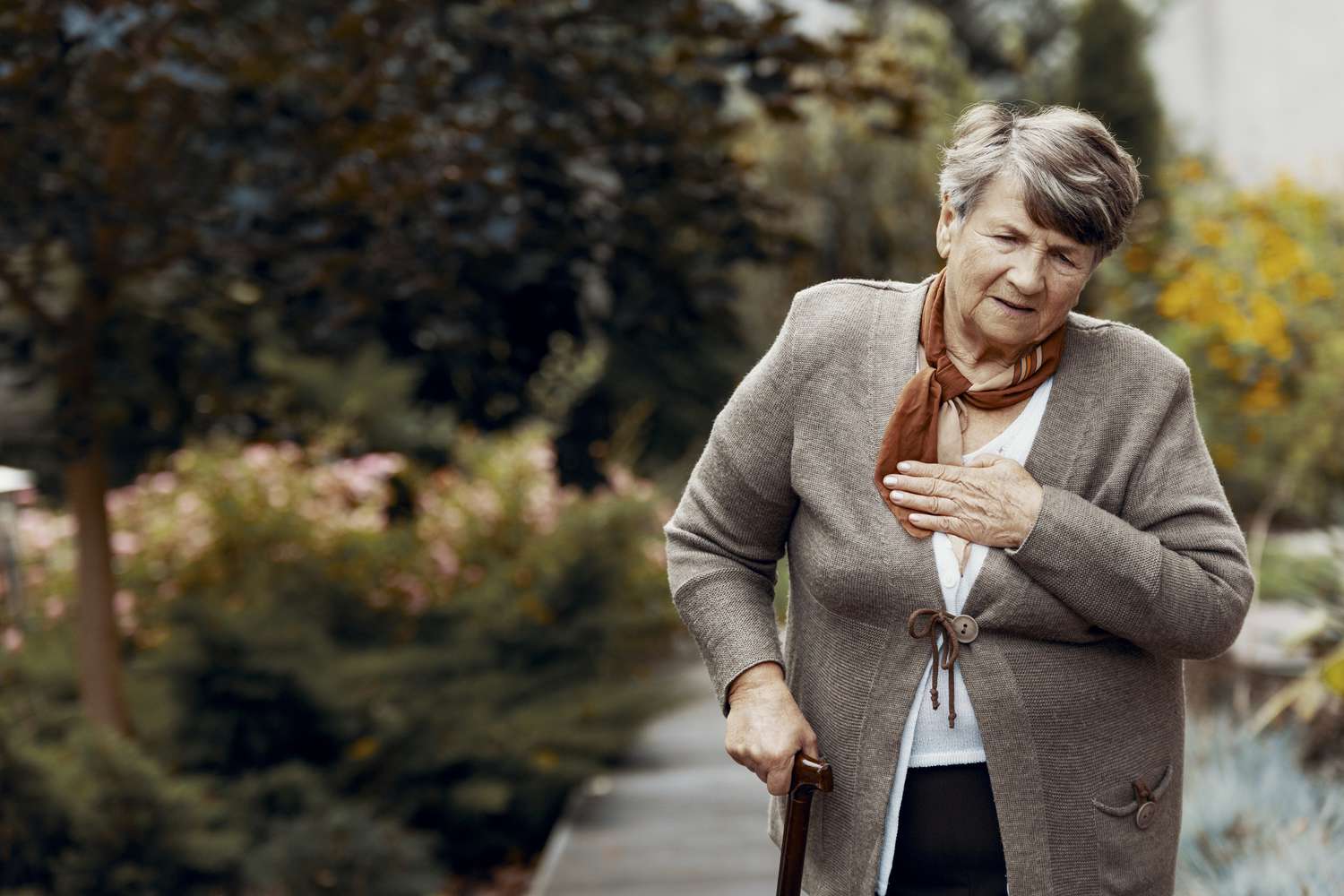
Who was Lachhiman Gurung? Lachhiman Gurung was a fearless soldier from Nepal who served in the British Indian Army during World War II. Born in 1917, he became a legend for his extraordinary bravery. Why is he famous? Gurung is best known for his heroic actions on May 12, 1945, when he single-handedly defended his position against 200 Japanese soldiers. Despite losing his right hand and suffering severe injuries, he continued to fight, throwing grenades with his left hand. What did he achieve? For his incredible courage, he was awarded the Victoria Cross, the highest military honor for British and Commonwealth forces. Why should you care? Lachhiman Gurung's story is a testament to human resilience and bravery, inspiring generations to come.
Key Takeaways:
- Lachhiman Gurung, a brave Gurkha soldier, fought off 200 Japanese soldiers with one hand, inspiring future generations with his courage and resilience.
- Despite losing his right hand in battle, Lachhiman Gurung continued to serve his community and inspire people worldwide, leaving a lasting legacy of bravery and determination.
Who Was Lachhiman Gurung?
Lachhiman Gurung was a soldier in the British Indian Army during World War II. His bravery and determination made him a legend. Here are some fascinating facts about this incredible hero.
-
Lachhiman Gurung was born on December 30, 1917, in the village of Dakhani, Nepal.
-
He belonged to the Gurkha community, known for their fierce warriors and loyalty.
-
Gurung joined the British Indian Army in December 1940, at the age of 23.
-
He served in the 4th Battalion, 8th Gurkha Rifles.
Acts of Bravery
Lachhiman Gurung's courage during World War II is the stuff of legends. His actions on the battlefield earned him the highest military honors.
-
On May 12, 1945, Gurung was stationed in Burma (now Myanmar) during the Battle of Taungdaw.
-
His unit was attacked by 200 Japanese soldiers, but Gurung held his ground.
-
Despite being severely injured, he continued to fight, using his left hand to throw grenades after his right hand was blown off.
-
Gurung single-handedly killed 31 Japanese soldiers during the attack.
Recognition and Honors
Lachhiman Gurung's heroism did not go unnoticed. He received numerous accolades for his bravery.
-
He was awarded the Victoria Cross, the highest military decoration for valor in the British and Commonwealth forces.
-
King George VI presented him with the Victoria Cross on December 19, 1945.
-
Gurung was also honored with the Burma Star, a campaign medal for service in the Burma Campaign.
-
In 2008, he received the Honorary Rank of Captain from the British Army.
Life After the War
After the war, Lachhiman Gurung continued to inspire others with his resilience and dedication.
-
He moved to the United Kingdom in 2008, seeking better medical care.
-
Gurung became a prominent figure in the Gurkha community in the UK.
-
He actively campaigned for the rights of Gurkha veterans, advocating for equal treatment and pensions.
-
In 2009, he was part of a successful campaign that allowed Gurkha veterans to settle in the UK.
Legacy and Impact
Lachhiman Gurung's legacy lives on, inspiring future generations with his story of bravery and perseverance.
-
His life story has been featured in numerous books and documentaries.
-
The Gurkha Museum in Winchester, UK, has a dedicated exhibit honoring his contributions.
-
Schools and institutions in Nepal and the UK have been named after him.
-
In 2010, a statue of Gurung was unveiled in his hometown of Dakhani, Nepal.
Personal Life
Beyond his military career, Lachhiman Gurung had a rich personal life filled with family and community service.
-
He married twice and had four children.
-
Gurung was known for his humility and kindness, often helping those in need.
-
He enjoyed gardening and spending time with his grandchildren.
-
Despite his injuries, he remained active and engaged in community activities.
Final Years and Death
Lachhiman Gurung's final years were marked by continued service and recognition of his heroic deeds.
-
He lived in Hounslow, London, where he was a respected member of the community.
-
Gurung passed away on December 12, 2010, at the age of 92.
-
His funeral was attended by high-ranking military officials and members of the Gurkha community.
-
He was buried with full military honors, a testament to his extraordinary service.
Interesting Tidbits
Here are some lesser-known facts about Lachhiman Gurung that highlight his unique character and life.
-
Despite losing his right hand, Gurung learned to write with his left hand.
-
He was a devout Hindu and often participated in religious ceremonies.
-
Gurung was known for his sense of humor, often making jokes about his injuries.
-
He received numerous letters and gifts from admirers around the world.
Continuing Influence
Lachhiman Gurung's story continues to inspire people worldwide, reminding us of the power of courage and determination.
-
His Victoria Cross is displayed at the Gurkha Museum in Winchester.
-
In 2015, a commemorative coin was issued in his honor by the Royal Mint.
-
Schools in Nepal teach students about his bravery as part of their history curriculum.
-
His story has been included in military training programs to inspire new recruits.
-
Lachhiman Gurung's legacy is celebrated annually on Gurkha Day, a tribute to all Gurkha soldiers.
The Legacy of Lachhiman Gurung
Lachhiman Gurung's story isn't just about bravery; it's a testament to human spirit. Born in a small Nepalese village, he rose to become a symbol of courage during World War II. His actions on that fateful day in Burma, where he single-handedly held off Japanese soldiers despite severe injuries, earned him the Victoria Cross. This highest military honor reflects his extraordinary valor and dedication.
Gurung's legacy continues to inspire many, reminding us that true heroism knows no boundaries. His life teaches us about resilience, sacrifice, and the power of determination. Even after the war, he remained a humble figure, dedicated to his community and fellow veterans. Lachhiman Gurung's name will forever be etched in history, a beacon of hope and bravery for generations to come.
Frequently Asked Questions
Was this page helpful?
Our commitment to delivering trustworthy and engaging content is at the heart of what we do. Each fact on our site is contributed by real users like you, bringing a wealth of diverse insights and information. To ensure the highest standards of accuracy and reliability, our dedicated editors meticulously review each submission. This process guarantees that the facts we share are not only fascinating but also credible. Trust in our commitment to quality and authenticity as you explore and learn with us.


